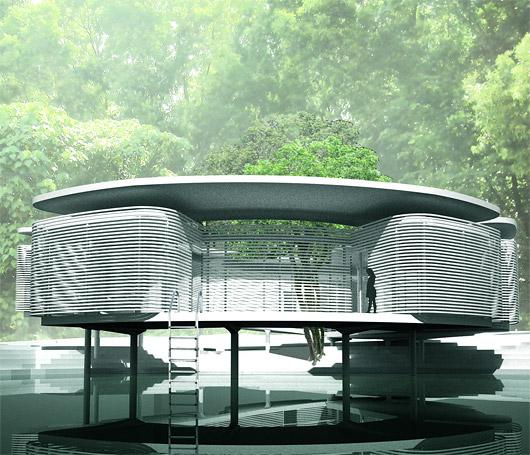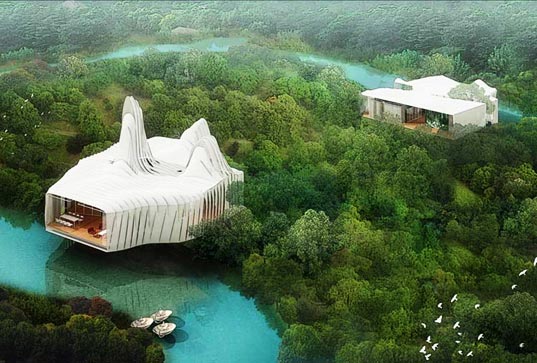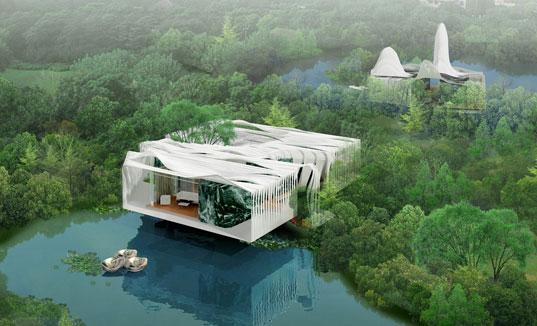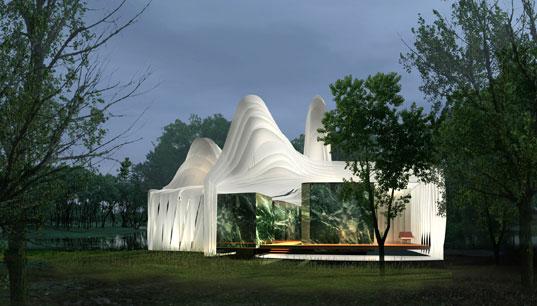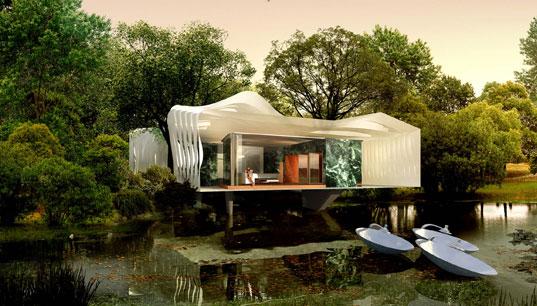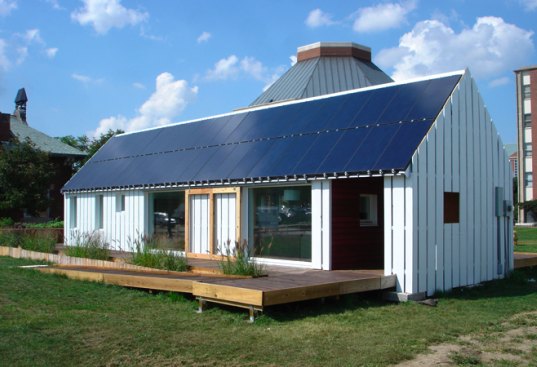
‘Green Building: First Zero Energy Classroom Debuts in Boston’
Planet Earth is in big need of a greener environment for thousands of reasons. Green technology is the much awaited and of course the need of the hour. Well the wait is over; the Zero-energy has arrived to revolutionize the world,because it is better, greener, faster and cheaper than any one could have ever predicted. A San Fransisco based project called FROG is bringing to life, the biggest ideas of green building.The ‘FROG Zero’ is all about making green, easy and affordable.

‘Project FROG to revolutionize the world with Zero-Energy’
Frog, the world’s first zero-energy building system will be introduced at the Greenbuild, a place where every year thousands of the world’s biggest brains in green building, gather to understand the most sustainable green building products and technologies. School of the future by FROG, incorporates the ideal learning environment into the greenest and the most sustainable commercial buildings. It is a flexible design approach that provides no carbon emission, hundred percent thermal comforts and above all it has the capacity to return five times its energy use through active solar power generation.

‘Solar Power leading the way for a Green World’
Greening the world is a major concern for every country. Towards that end, Zero-energy is a simple and a cost effective solution.



 Energy and Architecture
Energy and Architecture


